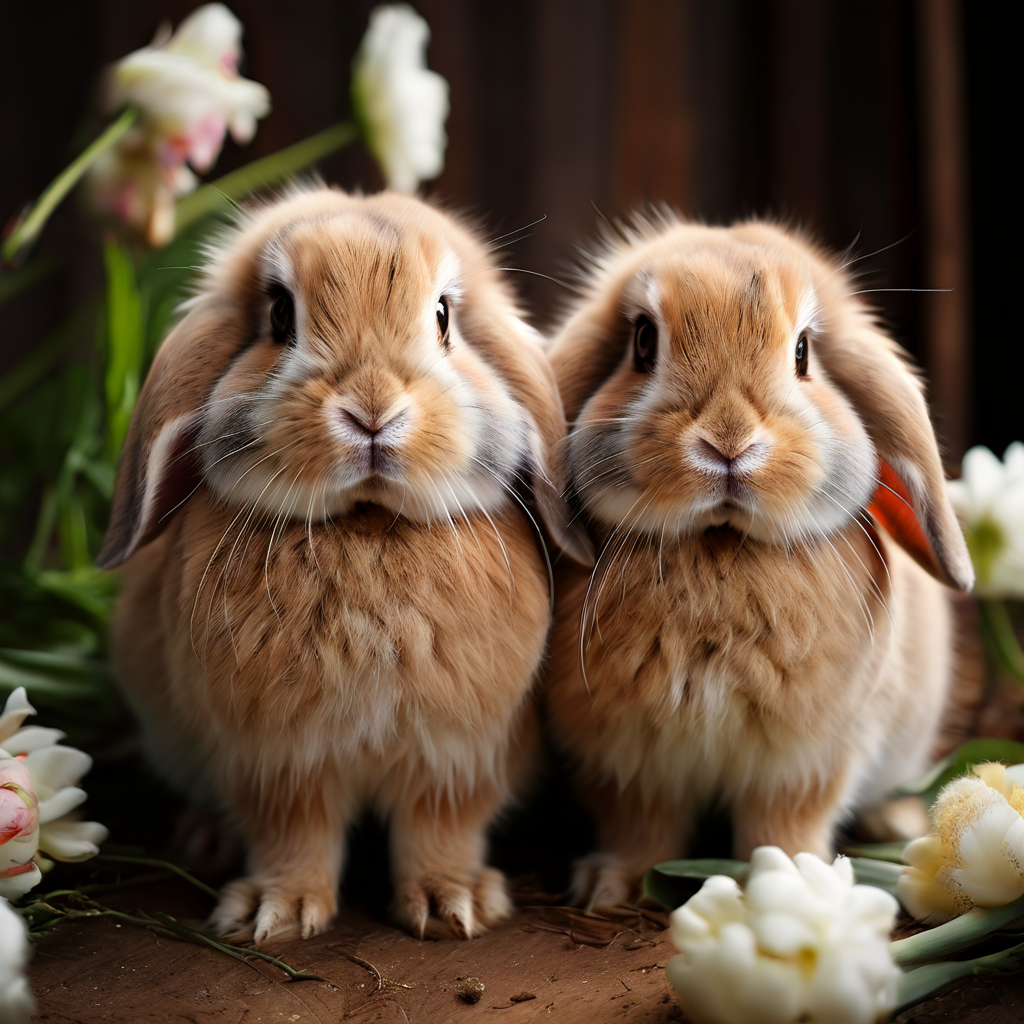Holland Lops are a charming and popular breed of rabbit known for their compact size and friendly nature. We will also cover the essentials of Holland Lop care, breeding, and what potential owners should consider before adopting one of these delightful bunnies.
In this blog, we will be share about the Size of Holland Lops to Other Rabbit Breed and exploring the reasons behind their popularity.
Key Takeaways
- Holland Lops are a small breed of rabbit, typically weighing less than 4 pounds, making them one of the smallest lop-eared breeds.
- Their size and gentle temperament contribute to their popularity as family pets, and they are often featured in pet advertisements with varying prices.
- Holland Lops require appropriately sized living spaces, a balanced diet, and regular exercise for optimal health.
- Understanding the genetics and breeding practices is crucial for maintaining the Holland Lop’s distinct size and characteristics.
- Prospective owners should be prepared for the adoption process, including assessing the right fit, understanding the costs involved, and preparing their home for the new arrival.
Understanding Holland Lops: Size and Characteristics
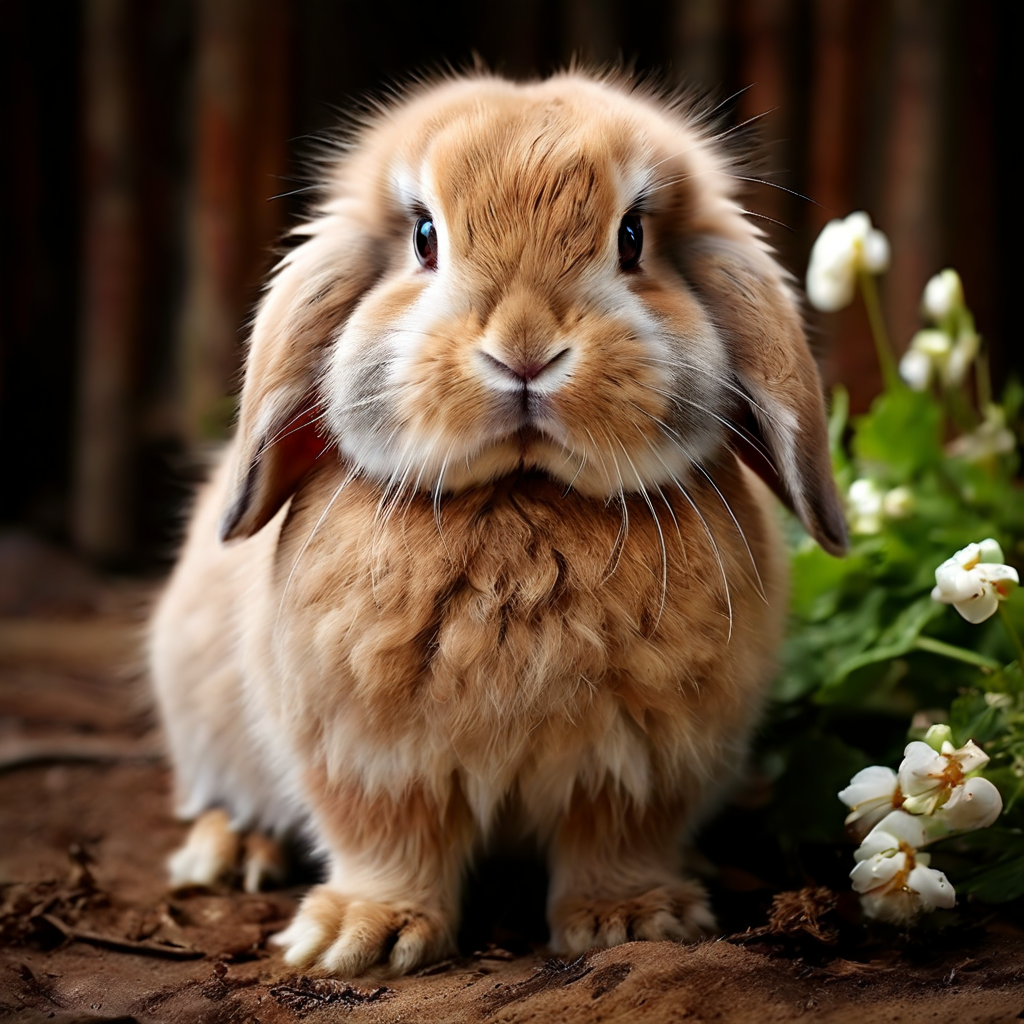
Physical Traits of Holland Lops
Holland Lops are a distinctive breed of rabbit, cherished for their compact size and sweet appearance. Their ears are a defining feature, characteristically drooping down beside their cheeks, which contributes to their endearing look.
These rabbits typically have a robust build, with broad shoulders and deep hindquarters, aligning with the ideal appearance standards for the breed.
When it comes to their fur, Holland Lops boast a dense coat that comes in a variety of colors and patterns. This breed’s size is relatively small, making them a popular choice for those with limited space. Adult Holland Lops usually weigh between 2 to 4 pounds, with a body length that can range from 12 to 15 inches.
Here is a quick overview of their physical traits:
- Ears: Drooping, approximately 11-12 inches long
- Build: Compact and muscular
- Weight: 2-4 pounds
- Body Length: 12-15 inches
- Coat: Dense, various colors and patterns
Size Comparison with Other Rabbit Breeds
When considering the size of Holland Lops, it’s essential to compare them with other rabbit breeds to understand their petite stature. Holland Lops are one of the smallest lop-eared breeds, typically weighing between 2 to 4 pounds. In contrast, the French Lop is significantly larger, often reaching weights of up to 15 pounds and growing nearly 3 feet tall.
Here is a brief comparison of Holland Lops with two other popular breeds:
| Breed | Average Weight | Size |
|---|---|---|
| Holland Lop | 2-4 lbs | Small |
| French Lop | Up to 15 lbs | Giant |
| Mini Lop | 4.5-6 lbs | Medium |
Factors such as diet, environment, and genetics play a crucial role in the size of a Holland Lop. While they may be small, their charming personalities and compact size make them a favorite among rabbit enthusiasts.
Factors Influencing Holland Lop Size
The size of Holland Lops can be influenced by a variety of factors, ranging from genetics to environmental conditions. Genetics play a pivotal role in determining the size of these rabbits, with certain hereditary traits passed down from parent to offspring.
Diet and nutrition are also crucial, as a balanced diet is essential for optimal growth and health. Environmental factors such as living space and exercise opportunities can impact a Holland Lop’s size.
A spacious and enriching environment encourages natural behaviors and growth. Stress levels, too, can affect growth and overall size, making it important to provide a calm and stable habitat.
Here is a list of key factors influencing Holland Lop size:
- Genetics and heredity
- Diet and nutrition
- Living space and exercise
- Stress and environmental stability
When considering the size of your Holland Lop, it’s essential to take these factors into account to ensure your pet’s wellbeing. For more detailed guidance, refer to our comprehensive guide on choosing the right size rabbit cage.
The Popularity of Holland Lops: Reasons Behind Their Demand
Behavioral Traits and Temperament
Holland Lops are cherished for their endearing personalities and manageable size, making them a favorite among rabbit enthusiasts.
Owners often report a playful and affectionate nature, which contributes to their popularity as family pets. These rabbits are known for their gentle disposition, although individual temperaments can vary.
Anecdotal evidence suggests that male Holland Lops may be nippier than females, and females might exhibit shyer behavior. However, it’s important to note that such behaviors are not universally observed and can be influenced by factors like environment and handling. Here’s what customers say about their experiences:
- Customers appreciate the quality and durability of pet supplies for Holland Lops.
- The treats used for training are well-received, with a positive impact on the rabbits’ health and motivation.
- Some owners have mixed opinions regarding the size and chewability of these products.
When considering a Holland Lop, prospective owners should be aware of these traits to ensure a good match with their household.
Holland Lops as Family Pets
Holland Lops are cherished for their endearing nature and suitability as family pets. Their calm demeanor and affectionate behavior make them ideal companions, especially in households with children. They are not known to be skittish, which allows for a more interactive experience for pet owners.
When considering a Holland Lop as a pet, it’s important to note their social needs. These bunnies thrive on attention and can develop a strong bond with their human families. To ensure a happy and healthy Holland Lop, regular interaction and playtime are essential.
Here are some key points to keep in mind when adopting a Holland Lop:
- They require daily interaction and affection.
- Holland Lops are generally easy to handle and groom.
- They can be litter-trained, making them cleaner pets.
- Providing a safe, indoor living space is crucial for their well-being.
The Market for Holland Lops
The market for Holland Lops is vibrant and diverse, reflecting their status as one of the most sought-after rabbit breeds. Prices for Holland Lops can vary widely, depending on factors such as age, pedigree, color, and the seller’s location.
For instance, a quick survey of online listings shows prices ranging from $20 to $350, indicating a broad market with options for various budgets.
When considering the purchase of a Holland Lop, potential owners should be aware of the costs associated with their care beyond the initial price. This includes expenses for housing, food, veterinary care, and grooming. It’s important to factor in these ongoing costs to ensure a Holland Lop can be cared for properly.
Here is a snapshot of recent listings for Holland Lops:
| Location | Price | Description |
|---|---|---|
| Herriman, UT | $60 – $200 | Various ages, includes extras |
| Heber City, UT | $80 – $125 | Babies, some with blue eyes |
| Ogden, UT | $20 – $100 | Males and babies available |
| Lehi, UT | $160 – $300 | Specialty colors like chocolate harlequin and red |
| Riverton, UT | $350 | Set of 4 babies, reserve now |
Prospective owners should research thoroughly and consider adopting from reputable breeders or rescue organizations to ensure the health and well-being of their new pet.
Housing and Care Requirements for Holland Lops
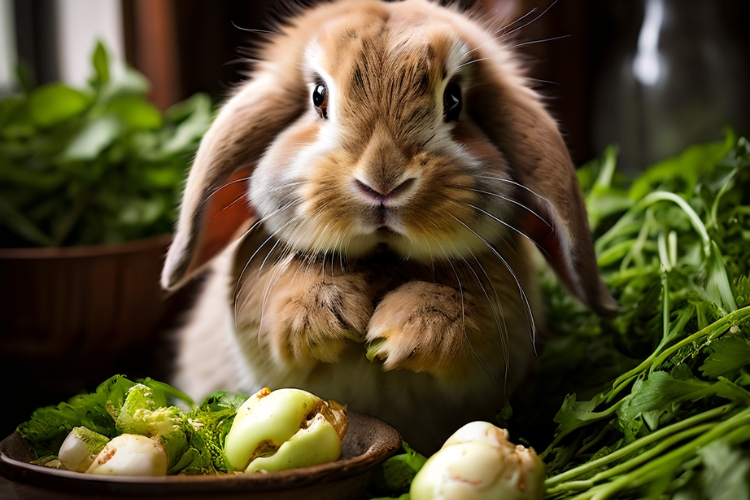
Appropriate Living Spaces for Small Breeds
When considering the living space for a Holland Lop, it’s essential to recognize that these small breeds require an environment that caters to their physical and psychological needs. Adequate space for movement and play is crucial, as it contributes to their overall well-being.
Holland Lops, like other small pets, thrive in living quarters that allow for a degree of freedom while ensuring their safety. Below is a list of key considerations for creating an appropriate habitat:
- Size of the enclosure: Ensure it is spacious enough for the rabbit to move around comfortably.
- Security: The habitat should be secure from predators and safe from potential hazards.
- Comfort: Provide a cozy area for sleeping and resting.
- Ventilation: Good air flow is important to maintain a healthy environment.
- Cleanliness: Regular cleaning is necessary to prevent diseases and maintain hygiene.
Remember, the goal is to mimic the rabbit’s natural habitat as much as possible to promote a happy and healthy life for your Holland Lop.
Diet and Nutrition for Optimal Health
A balanced diet is crucial for the health and well-being of Holland Lops. Adult rabbits need a balanced diet of unlimited hay, fresh greens, and a few pellets. This combination ensures that they receive the necessary fiber, vitamins, and minerals. Hay is the cornerstone of a rabbit’s diet and should be available at all times to aid in digestive health and dental wear.
When considering treats, it’s important to choose options that contribute to their overall health. Oxbow Simple Rewards are a popular choice among rabbit owners. These treats are made with premium ingredients and are free of additives or preservatives, making them a healthier snack that rabbits look forward to.
They combine the irresistible flavor of cranberries with high fiber Timothy Hay, and are formulated with the guidance of leading veterinarians and nutritionists.
Here’s what rabbit owners say about these treats:
- “These Oxbow chews are both healthy and hard enough to help with dental health.”
- “I appreciate they’re made with veggies & hay, so a healthier snack.”
- “Customers like the health of the pet supplies, mentioning that the hay stacks are very healthy for bunnies.”
It’s essential to monitor the amount of treats given to avoid obesity and maintain a balanced diet. Always consult with a veterinarian for personalized advice on your Holland Lop’s nutritional needs.
Exercise Needs and Enrichment Activities
Holland Lops, like all rabbits, require regular exercise and mental stimulation to maintain their health and happiness. Providing a variety of enrichment activities is essential for their well-being. These activities can include exploring new environments, playing with toys, and engaging in natural behaviors such as digging and foraging.
To ensure your Holland Lop gets the exercise it needs, consider the following:
- Create a safe play area where your rabbit can hop, run, and explore without the risk of injury or escape.
- Introduce new toys and chews regularly to keep your rabbit mentally stimulated. This can include items like untreated wood blocks, tunnels, and balls.
- Encourage foraging behavior by hiding treats around their habitat or using treat-dispensing toys.
Remember, a bored rabbit can become destructive or depressed, so it’s important to invest time in creating a stimulating environment. Consult the Comprehensive Guide on Pet Rabbits from Best Friends Pet Care for more detailed information on exercise and enrichment.
Breeding and Genetics of Holland Lops
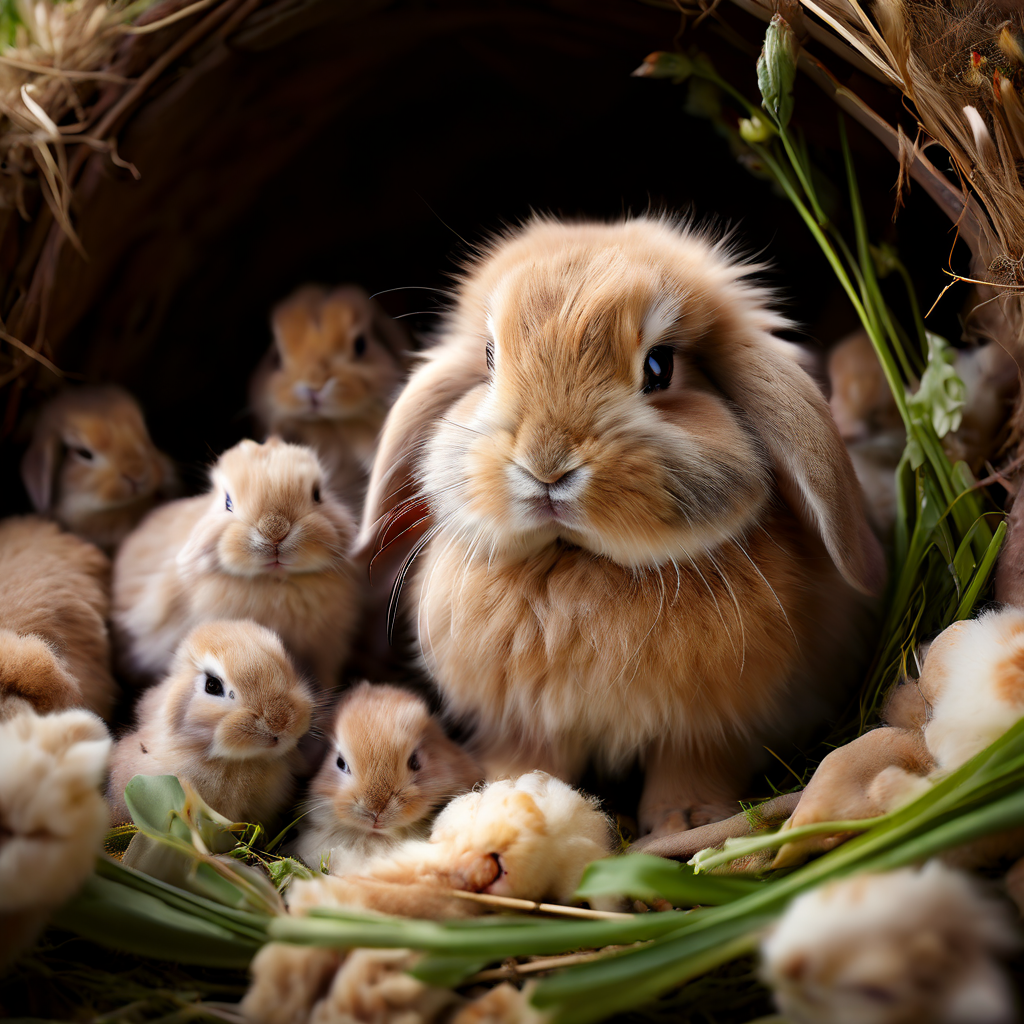
Understanding Holland Lop Pedigrees
When delving into the world of Holland Lop rabbits, understanding their pedigrees is crucial for breeders and enthusiasts alike. A pedigree is a record that traces the lineage of a rabbit, providing valuable information about its ancestors, genetics, and potential for certain traits.
Pedigrees are essential for maintaining the purity of the breed and predicting how offspring may inherit characteristics such as size, color, and temperament.
The rabbit color calculator is a tool that can be used to predict the possible colors of Holland Lop offspring, based on the genetic combinations of the parents. This can be particularly useful for breeders who aim to produce rabbits with specific color patterns.
However, it’s important to note that while genetics can offer predictions, they are not always a guarantee of the outcome due to the complexity of genetic inheritance.
Here is a simple list of reasons why pedigrees are important in breeding Holland Lops:
- They provide a documented lineage that can be traced back several generations.
- Pedigrees help in making informed breeding decisions to enhance specific traits.
- They are a tool for breeders to use in selecting pairs that could reduce the likelihood of genetic disorders.
- Understanding pedigrees can assist in preserving the breed standard of Holland Lops.
Common Genetic Traits in Holland Lops
Holland Lops carry a variety of genetic traits that influence their appearance and health. One of the most sought-after traits is the blue-eyed white (BEW) coat color, which is linked to a recessive gene. This trait is particularly recessive, meaning that both parents must carry the gene for it to be expressed in their offspring.
The presence of the BEW gene is not the only genetic factor to consider. Other common traits include the chocolate harlequin pattern and the red coloration, which are also governed by specific genetic combinations. Breeders often aim to produce these unique and attractive color variations, which can influence the market value of the rabbits.
To better understand the genetic makeup of Holland Lops, here’s a list of common genetic traits:
- BEW (Blue Eyed White) coat color
- Chocolate harlequin pattern
- Red coloration
- Dwarf gene responsible for the small size
- Ear lopping gene that gives the breed its distinctive droopy ears
These traits are just a few examples of the genetic diversity found within the Holland Lop breed. It’s important for breeders and owners to be aware of these characteristics to maintain the breed’s standards and ensure the health of the rabbits.
Breeding for Size and Color Variations
Breeding Holland Lops for specific size and color variations is both an art and a science. Breeders carefully select pairs that may produce offspring with desirable traits, such as a particular size or one of the many gorgeous colors Holland Lops are known for. The process involves understanding genetics and the inheritance patterns of various traits.
When it comes to color, Holland Lops can exhibit a wide range, with some breeders specializing in rare and unique hues. For instance, a chocolate harlequin buck or a blue-eyed baby may fetch a higher price in the market due to their distinct appearance. The following table outlines some common prices for Holland Lops based on color variations found in recent listings:
| Color Variation | Average Price (USD) |
|---|---|
| Chocolate Harlequin | $160.00 |
| Blue Eyed | $100.00 |
| Red | $300.00 |
It’s important for prospective owners to understand that while color and size may be a factor in choosing a Holland Lop, the health and temperament of the rabbit should always be the primary concern.
Adopting a Holland Lop: What Prospective Owners Should Know
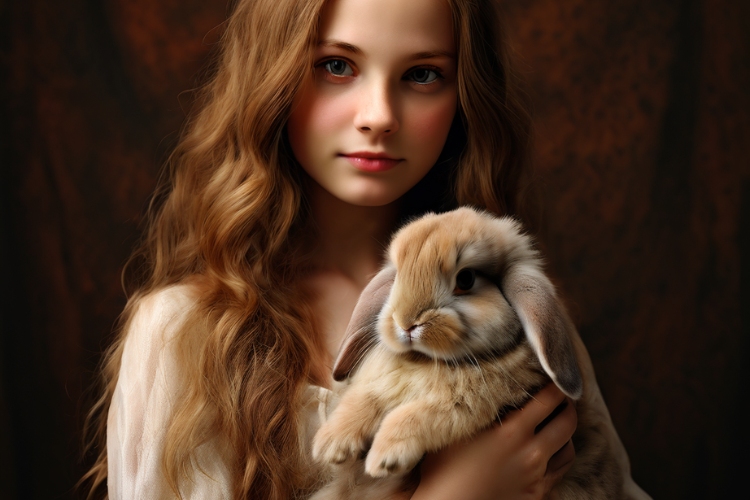
Assessing the Right Fit for Your Home
Before welcoming a Holland Lop into your home, it’s crucial to assess whether your living environment is conducive to their well-being. Consider the space available, as these small creatures still require room to move and explore. A quiet area with minimal stressors is ideal for their sensitive nature.
Evaluate your daily routine and ensure you can provide consistent care. Holland Lops thrive on routine and need daily interaction. Below is a checklist to help you determine if a Holland Lop is the right fit for your home:
- Adequate space for a cage and exercise area
- Time for daily interaction and care
- Ability to maintain a clean and safe environment
- Financial readiness for veterinary care and supplies
Remember, owning a pet is a long-term commitment. Make sure you’re prepared for the responsibilities that come with a Holland Lop to ensure a happy and healthy life for your new furry friend.
The Adoption Process and Costs
Adopting a Holland Lop involves understanding the associated costs and the process itself. Prices for Holland Lops can vary widely based on factors such as pedigree, color, and breeder reputation.
For instance, a BLUE CLOVER RABBITRY offers bunnies at a fixed price of $399, which includes lifetime support and the assurance that the rabbits are raised indoors and begin potty training early.
The cost of a Holland Lop can range from as low as $15 to upwards of $250, depending on the individual rabbit’s characteristics and the seller’s location. Below is a table summarizing the recent prices observed across different locations:
| Location | Price | Description |
|---|---|---|
| Orem, UT | $100 | Friendly Baby Holland Lop |
| Provo, UT | $45 | White Eared Holland Lop Doe |
| Herriman, UT | $75 | Last Cookie Themed Holland Lop |
| Salt Lake City, UT | $250 | WE Holland Lop MPL Mix Baby Bunnies |
When considering adoption, it’s important to factor in additional costs such as housing, food, and veterinary care. Prospective owners should also be prepared for the adoption process, which may include interviews, home visits, and paperwork to ensure a good match between the rabbit and its new family.
Preparing for a Holland Lop Arrival
Bringing a Holland Lop into your home is an exciting moment that requires some preparation to ensure a smooth transition for your new furry friend. Before your bunny arrives, create a safe and welcoming space that caters to their needs. This includes a comfortable habitat, access to fresh water and hay, and a variety of toys for mental stimulation.
To help you get started, here’s a checklist of essentials for your Holland Lop’s arrival:
- A suitable cage or enclosure with ample space for movement
- Bedding material such as straw or shavings
- A water bottle or bowl
- A hay feeder
- A selection of rabbit-safe toys
- Grooming tools like a brush or comb
Remember, the initial cost of adopting a Holland Lop can vary depending on the breeder and the rabbit’s pedigree. Prices can range from $15 to $350, with factors such as age, color, and lineage influencing the cost. It’s important to budget not only for the adoption fee but also for the ongoing expenses of rabbit care, including food, bedding, and veterinary visits.
By preparing both your home and your budget, you can ensure that your new Holland Lop has everything they need to thrive in their new environment.
Conclusion:
In conclusion, Holland Lops are indeed a breed apart, showcasing a unique blend of size, personality, and charm that distinguishes them from other rabbit breeds.
Through the comparison of their size to that of other breeds, it’s clear that Holland Lops are one of the smaller and more manageable rabbits, making them a popular choice for pet owners. Their compact stature, coupled with their friendly demeanor, as evidenced by their widespread availability and the affectionate descriptions in classified ads, underscores their appeal.
Whether you’re a seasoned rabbit enthusiast or a first-time bunny parent, Holland Lops offer a delightful combination of traits that cater to a variety of preferences and lifestyles.
FAQs:
What are the key physical traits of Holland Lops?
Holland Lops are known for their compact size, short, sturdy bodies, lopped ears, and sweet facial features. They typically weigh between 2 to 4 pounds and are one of the smallest lop-eared breeds.
How do Holland Lops compare in size to other rabbit breeds?
Holland Lops are considered a dwarf breed and are significantly smaller than larger breeds like the Flemish Giant, which can weigh over 15 pounds. They are similar in size to other dwarf breeds like the Netherland Dwarf.
What factors can influence the size of a Holland Lop?
Genetics, diet, and overall health can all influence the size of a Holland Lop. Proper nutrition and care are essential for them to reach their full size potential.
Are Holland Lops good pets for families?
Yes, Holland Lops are known for their friendly demeanor and can make great family pets. They are social and enjoy interaction with gentle handling.
What is the average cost of adopting a Holland Lop?
The cost of adopting a Holland Lop can vary depending on factors like pedigree and color. Prices can range from $20 to $350, with many options available around $100.
What should prospective owners prepare for when adopting a Holland Lop?
Prospective owners should prepare an appropriate living space, understand the dietary needs, and plan for regular exercise and enrichment activities to keep their Holland Lop healthy and happy.

